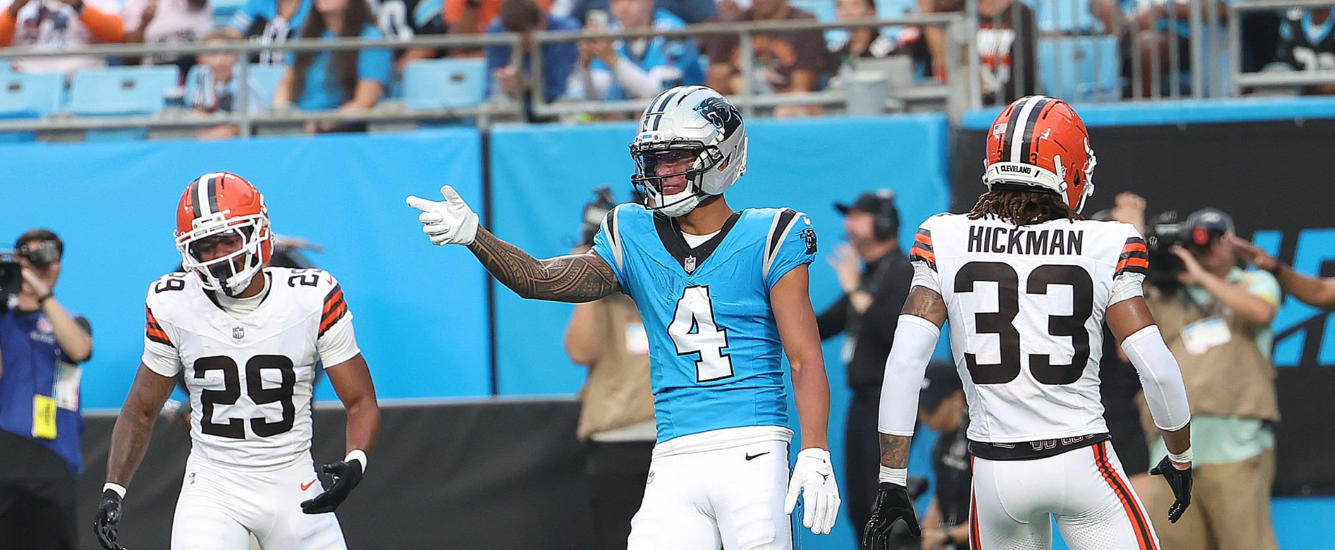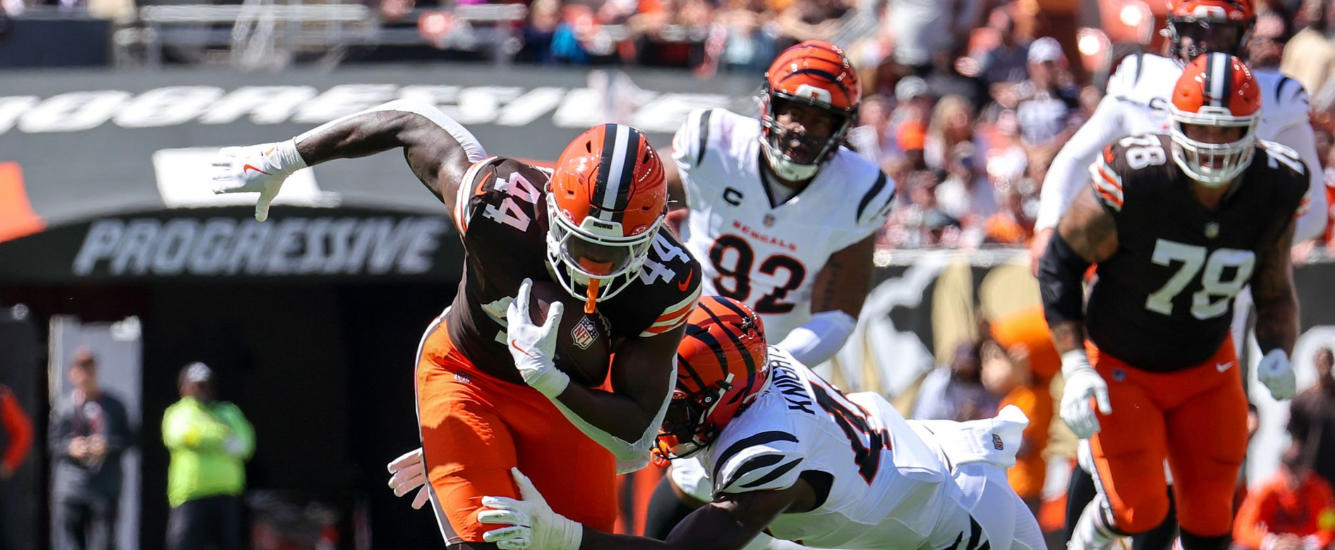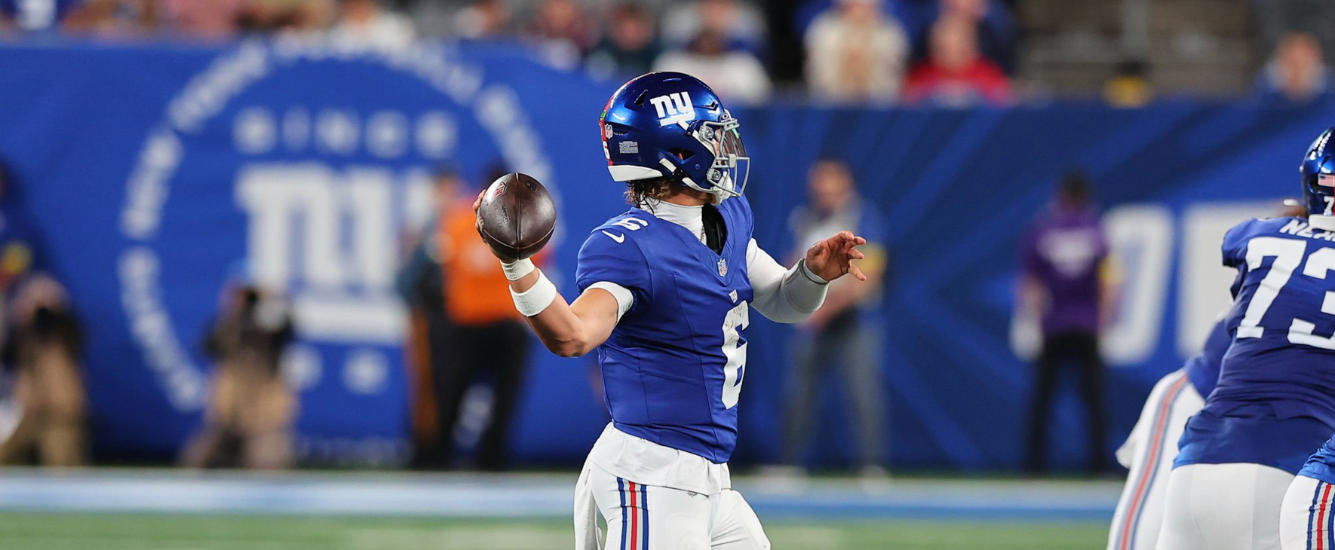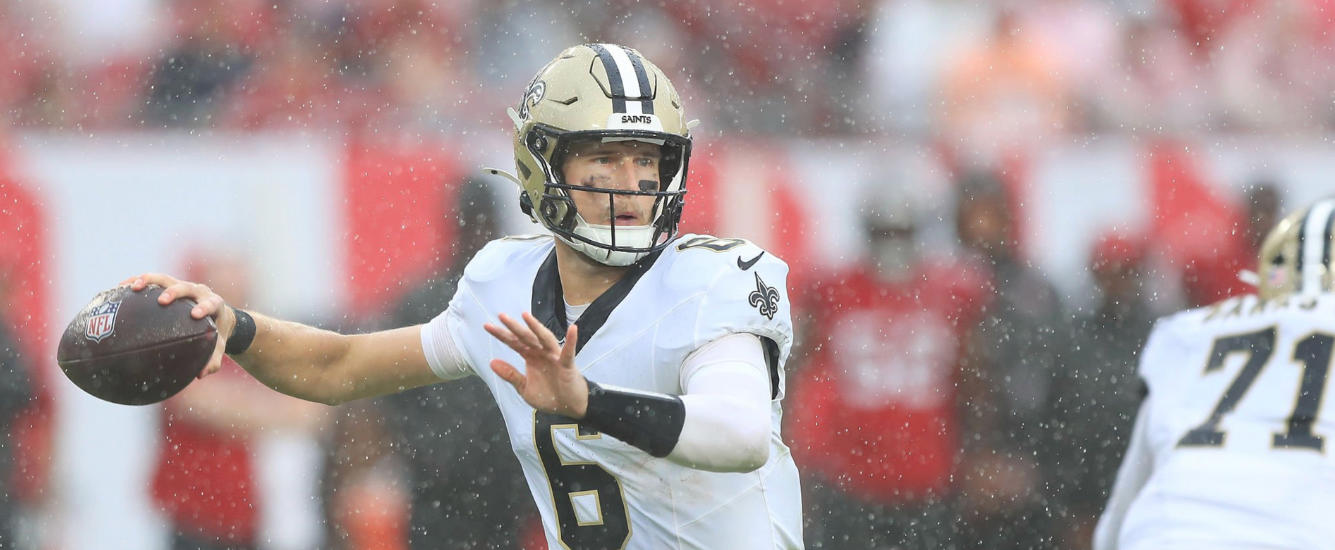Players entering Year 2 are among the best investments you can make in your fantasy drafts. So how do you predict who will be the top second-year RBs?
Last offseason, I wrote that, contrary to what you may have heard, we want to chase efficiency at the RB position. Specifically, rookie-year efficiency appears to be a sign of good things to come. It turns out filling your team with good players — players who outperform their opportunity — is smart. More recently, Jack Miller looked at the same issue from a fresh angle, asking whether we undervalue efficient rookies in fantasy drafts — whether efficiency in Year N influenced win rates in Year N+1.
The slightly surprising answer is that on the whole, we do not undervalue efficient rookies. Rookies with negative efficiency had a higher win rate than those with positive efficiency.[1]The effect is even more significant in Year 3 — read Jack’s article for the full explanation, and a ton of great insights on how to draft RBs.

Now, it’s not the case that inefficient rookies score more points or get more opportunity than their efficient counterparts in Year 2. Instead, fantasy drafters penalize negative efficiency too much the following season and overdraft players who were efficient as rookies. Negative efficiency shouldn’t scare you away, as even inefficient players can help you win your league at the right price. So, if even Year 2 players with poor efficiency can be solid investments, what is the best way to find Year 2 RB targets?
Predictive Year 2 RB Metrics
I’m a big fan of correlation matrices (maybe too big), so here’s one that shows the predictiveness of some of the most important opportunity and efficiency metrics we like to use for RBs entering Year 2.
Footnotes[+]Footnotes[−]
| ↑1 | The effect is even more significant in Year 3 — read Jack’s article for the full explanation, and a ton of great insights on how to draft RBs. |
|---|


















